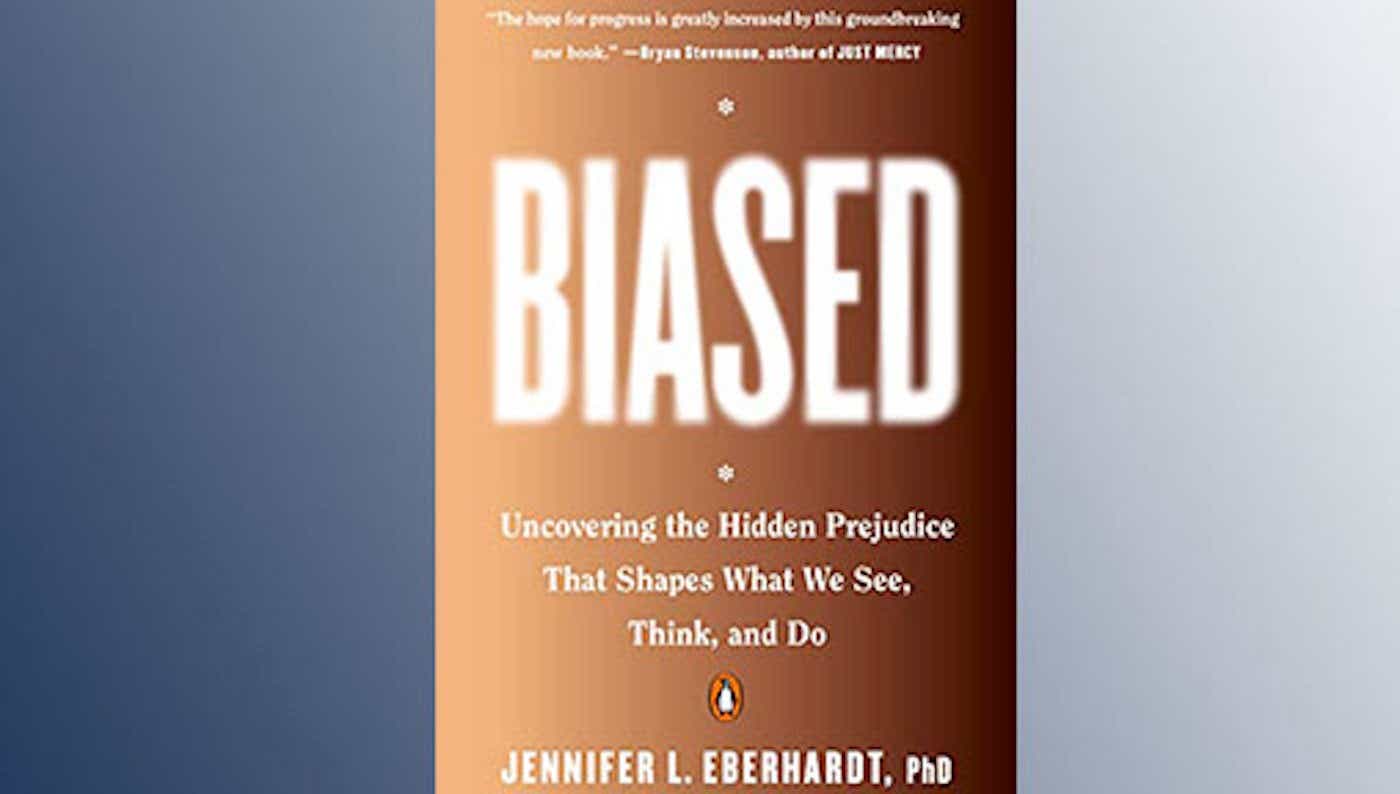Katie Couric speaks with Stanford psychologist Dr. Jennifer L. Eberhardt about hidden prejudices
This moment calls for self-reflection around our own behaviors and tendencies, including the hidden prejudices that many people might not even realize they have. Biased by Dr. Jennifer L. Eberhardt — a psychology professor at Stanford University — examines how racial bias infiltrates every level of society. During this tumultuous time, I spoke with Jennifer about how we can all do a better job examining and reducing our own biased tendencies. I hope this will inspire meaningful discussions with your family and friends.
Katie Couric: You’ve been focused on implicit bias and the role it plays in society for some time, especially in law enforcement. We’ve seen the injustice of this play out in recent weeks, although some might call it full fledged racism. Ahmaud Arbery in Brunswick, Georgia, and George Floyd in Minneapolis were two incidents that were videotaped for all to see. What was your reaction when you saw these two incidents?
Dr. Jennifer L. Eberhardt: I found both cases heart-wrenching. As the mother of three black sons, I feel fear. As a citizen of this country, I feel sorrow. As an academic and a scientist, I continue to wrestle with questions that animate my own research: What are the historical and current forces that incite racial violence? Why do those forces continue to hold such power? How can we build systems that protect rather than harm us?
What is implicit bias exactly?
Implicit bias refers to the thoughts and feelings we have about social groups that can influence our decision making and behavior even when we are not aware of it, even when we claim it is our intention to be fair — and even when our intention, in fact, is to be fair. My research examines how racial bias can shape actions and outcomes not only in our criminal justice system, but in our neighborhoods, schools, and workplaces.
Implicit bias training is something we’ve seen included in many police departments in recent years. What does that kind of training entail?
Typically, these trainings describe what implicit bias is and explain where it comes from, how it could play a role in policing, and how it can be addressed. There isn’t just one implicit bias training. There are many. Some draw on science. Others draw on stories. Some are conducted online. Some are live. Some are lecture-style trainings. Others are interactive. Some last two hours. Some four days. Some of these trainings occur in conjunction with many other reforms. Others occur in isolation. Yet across all of these formats, styles, and areas of focus, rarely are implicit bias trainings rigorously evaluated. And therein lies the problem.
Have many police departments included this kind of training in their programs? And if not, why not?
Police departments across the nation have offered implicit bias training. Many times this type of training is demanded by community members. And as long as there is no training evaluation, it is a demand that is easy for departments to grant. We should not make it so easy. Before giving police departments credit for delivering the training, we should ask whether the training produced the kind of change community members are seeking. For example, does this training improve police-community interactions? Does it lead to more just policing?
We all have certain implicit biases based on our life experiences. How can we do a better job examining and reducing our own biased tendencies brought on by years of cultural conditioning?
We are all vulnerable to bias. Yet we need not act on bias. Bias is more likely to be triggered in certain situations. When we are hurried, tired, threatened, or scared, we are primed for bias. When we are not held accountable for our actions, bias thrives. When we work in situations that diminish our empathy for certain groups, bias is more likely to infect the decisions we make about them or the actions we take toward them. Understanding the situational nature of bias gives us greater power over it.
Many people of color seem to be at their wit’s end right now. The pandemic has disproportionately impacted people of color, they make up a big percentage of “essential workers,” income inequality has been accelerated, and now we have these high profile incidents of police brutality or in the case of Ahmaud Arbery, pure racism. Is there a path forward?
Wherever we are, however we are positioned, we have a responsibility to take action. We need to demand more from our institutions and from ourselves. When we stand by and allow racial disparities to deepen, we participate in an injustice that cuts so many lives short and deprives us all of their contributions to the world. And as we watch, our own humanity is undercut as well.
Jennifer L. Eberhardt is a Stanford professor and author of Biased: Uncovering the Hidden Prejudice That Shapes What We See Think and Do. (Published by Viking). Now out in paperback.
This originally appeared on Medium.









